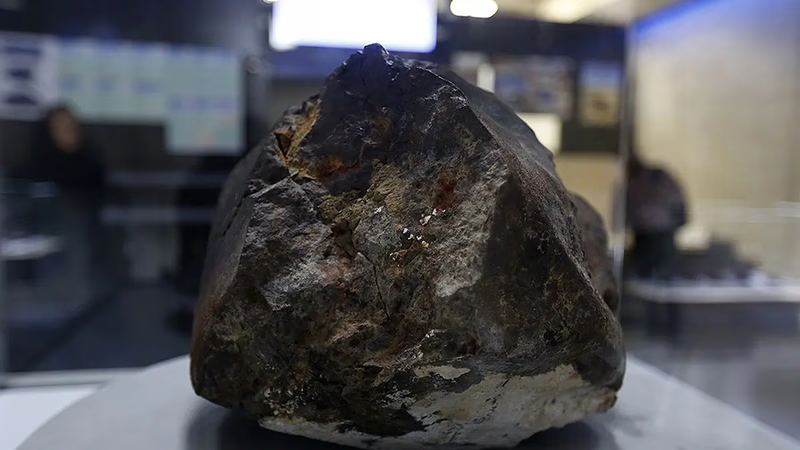
Meteorite export processes and market insights in Asia.
Before exporting a meteorite, it's essential to research and understand the legal requirements of both the country you are exporting from and the country you are exporting to. Each country may have specific regulations regarding the export of meteorites, especially if they are considered national treasures, have scientific significance, or fall under protected categories. Depending on the countries involved, you may need to obtain permits or licenses to legally export meteorites. These permits can vary and may require documentation such as certificates of authenticity, export licenses, or cultural heritage clearances. It's important to contact the appropriate authorities or government agencies in both countries to understand and fulfill the necessary requirements.
Meteorites of significant scientific or cultural value may be subject to additional regulations and restrictions. In some cases, countries may consider certain meteorites as cultural heritage items that should remain within their borders. Understand the cultural heritage considerations of both the exporting and importing countries to ensure compliance with any related laws. "Meteorites are priced from one dollar to 4000 dollars in the world market. Of every 286 meteorites that have been found on earth, one of them must be valuable and more expensive than gold. A meteor shower from Mars in 2011 made Moroccan shepherds millionaires. This information was published by the meteorite brokers.
Most of those who have a good financial situation and are interested in collecting, buy this kind of things. Basically, these people buy meteorites and sell them abroad at higher prices. Why are meteorites important? Meteorites are valuable to collectors as well as researchers. Since meteorites are very rare, they have a high material value. They determine the price of these cosmic parts based on grams and sell them.
They say that the fresher, bigger and rarer the meteorites are, such as Martian meteorites or lunar meteorites, the more expensive they will be. Of course, this valuation is usually determined based on the desire of collectors to have rare meteorites, and usually their scientific value is not very influential in determining the price. But more than 90% of the meteorites found on the surface of the earth are chondritic meteorites, which are not very valuable due to their abundance; Therefore, the fact that a stone is a meteorite does not necessarily mean that it is valuable.
If you are unsure about the export regulations or procedures, it can be helpful to consult with experts or professionals experienced in meteorite exports. They can provide guidance and assistance in navigating the legal requirements, ensuring compliance, and facilitating the export process. Proper packaging and shipping methods are crucial when exporting meteorites to ensure their safety and preservation during transit. Use appropriate packaging materials, such as cushioning materials and sturdy containers, to protect the meteorite from damage. Consider working with reputable shipping companies that have experience handling valuable and delicate items to minimize the risk of loss or damage.
When exporting meteorites, you will likely need to complete customs declarations and provide relevant documentation. This may include invoices, certificates of authenticity, export licenses, and any other required paperwork. Ensure that you accurately declare the value, description, and origin of the meteorite to comply with customs regulations. It's important to research and understand the import regulations of the destination country. Some countries may have specific restrictions or requirements for the import of meteorites, such as customs duties, inspections, or additional permits. Ensure that the recipient in the destination country is aware of and capable of fulfilling any necessary import procedures.
-

Exporting meteorites requires thorough understanding of legal requirements in both the exporting and importing countries. Each nation may have specific regulations, especially for meteorites deemed national treasures or of scientific significance. Obtaining necessary permits, such as export licenses and certificates of authenticity, is crucial. Cultural heritage considerations can also impact the export process, as some meteorites may be restricted from leaving their country of origin. The market value of meteorites varies significantly, with prices ranging from one dollar to thousands, depending on rarity and demand among collectors. While most meteorites found are common chondrites with low value, rarer specimens like Martian or lunar meteorites can fetch high prices. Proper packaging and shipping methods are essential to protect these valuable items during transit. Engaging with experienced professionals can help navigate the complexities of export regulations and ensure compliance with customs requirements. Additionally, understanding the import regulations of the destination country is vital to avoid complications upon arrival.
-
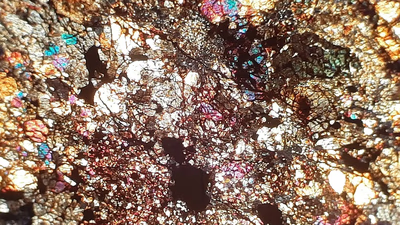
Meteorites are solid objects from outer space that survive their passage through Earth"s atmosphere to reach the surface. They originate from meteoroids, which are smaller space objects composed of rock or metal. When a meteoroid enters the atmosphere, it burns up, creating a meteor or shooting star. If it is large enough to withstand atmospheric forces, it lands as a meteorite. Meteorites vary in size and composition, including stony, iron, and stony-iron types. Meteorite hunting is popular among enthusiasts and scientists who use advanced detection methods to locate them in areas with fewer vegetation. Meteorites are classified as "falls" or "finds," with falls being observed events and finds being discovered objects of unknown origin. They provide crucial insights into the early solar system"s formation and planetary geology.
Studying meteorites helps scientists understand processes related to the evolution of planets and the origins of water and organic compounds on Earth. Approximately 48. 5 tons of meteorite material falls on Earth daily, with impacts varying based on size and speed. Smaller meteorites create minor craters while larger ones can cause significant damage. The study of meteorites is essential for understanding the solar system"s history. "
-
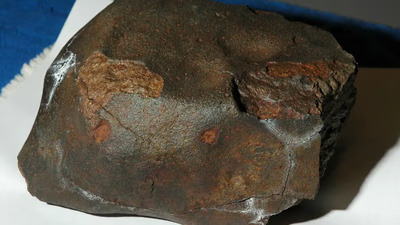
Meteorite hunting captivates many enthusiasts, often leading to a passionate pursuit. The excitement of finding a meteorite can overshadow the reality that initial success may be due to luck. Meteorites, which are remnants of celestial bodies that survive atmospheric entry, are categorized into three types: iron, stone, and iron-stone. Statistically, four meteorites fall per square kilometer on Earth every 50,000 years. In Iran alone, this suggests millions of meteorites have fallen over time. However, many have eroded or become indistinguishable from terrestrial rocks. Iron meteorites are easier to locate due to their resistance to weathering and distinctive appearance. While meteorites can theoretically land anywhere on Earth, searchers often target areas with minimal geological disturbance for better chances of discovery.
Most meteorites fall into oceans or become part of the Earth"s crust through weathering. Notably, Antarctica serves as a significant site for meteorite collection, with thousands discovered by international teams since 2000. "
-
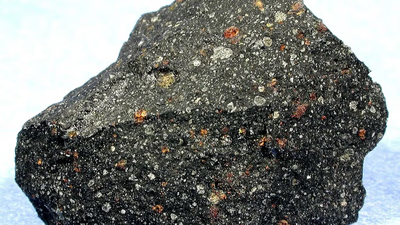
Meteorites are primarily composed of iron-nickel metal, which gives them magnetic properties. A strong magnet can help identify potential meteorites, but this method is not definitive as some terrestrial rocks also exhibit magnetism. Meteorites typically have a fusion crust formed during atmospheric entry, which can appear smooth or textured. Identifying meteorites involves assessing their mineralogical, physical, and chemical characteristics, with advanced techniques like thin section analysis providing more accurate results. Common indicators of meteorites include unusual shapes with regmaglypts—thumbprint-like impressions—and high density compared to terrestrial rocks. Despite many people believing they have found meteorites, less than 1% of discovered stones are actual meteorites. The identification process requires careful examination and often consultation with experts or professional dealers who can perform detailed analyses.
-
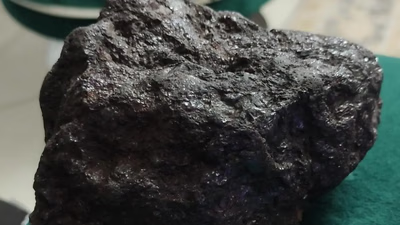
Buying and selling meteorites online presents both opportunities and risks. Authenticity is crucial, as many sellers may offer counterfeit items. Buyers should seek reputable sellers who provide detailed information about the meteorite"s origin and classification, along with supporting documentation like certificates of authenticity. Researching the seller"s reputation is essential to avoid scams. Meteorite prices can vary significantly based on rarity, size, and condition, so understanding market values is important. Legal considerations also play a role; some countries have regulations regarding meteorite collection and exportation. Buyers should be aware of these laws to ensure compliance. The condition of the meteorite affects its value; pristine specimens are often more sought after than those with visible features.
The rise of online platforms has transformed how meteorites are traded, making it easier for buyers and sellers to connect but also increasing the risk of fraud. Therefore, thorough research on both the product and the platform is necessary before any transaction.





